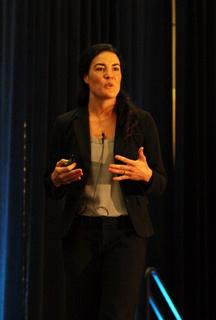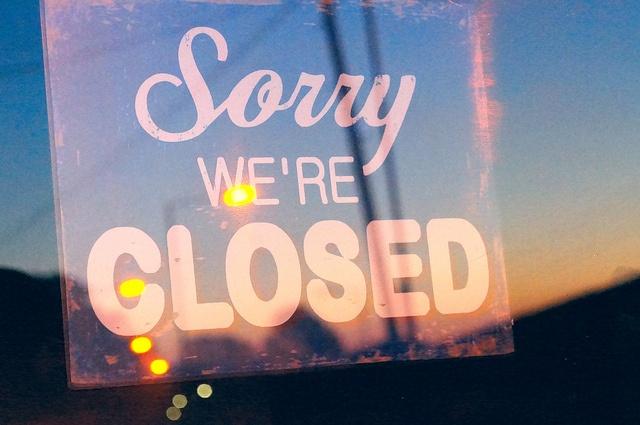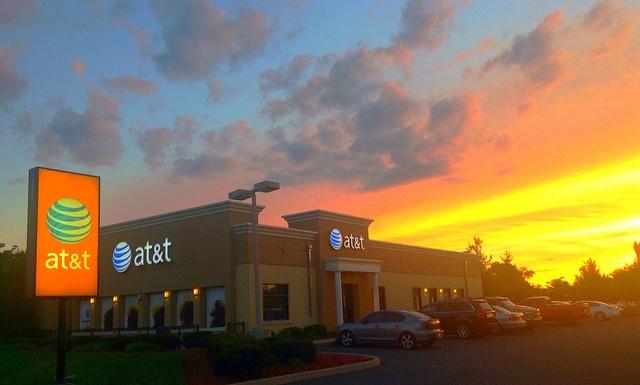The Many Ways to Reduce CO2 Emissions


In less than two weeks, the powers that be from the world’s nations will meet in Paris to hammer out a successor to the Kyoto Protocol. And a new climate change agreement can’t come fast enough. The world is nearly halfway to the 2 degrees Celsius global temperature rise experts warn we don’t want to exceed, according to a recent report.
The good news is that there are numerous opportunities to reduce greenhouse gas (GHG) emissions to keep the global average temperature rise below two degrees Celsius, as a report by the UN Framework Convention on Climate Change (UNFCCC) finds. Nations can increase their pre-2020 climate change commitments to further reduce GHG emissions, which will “lay the foundation for post-2020 action,” the report states.
There are key messages for policymakers and here’s a little summary:
- Since pre-2020 pledges fall short and enhanced action is urgently needed. Although the pre-2020 emissions reduction pledges made by over 90 parties through the Cancun Agreements are “significant,” they just are not adequate enough to limit global temperature rise to 2 degrees Celsius. As the UN Environment Program (UNEP) estimates, global emissions will keep increasing and reach 53 gigatons of carbon dioxide equivalents (Gt CO2 eq) in 2020, and 60 Gt CO2 eq in 2030. That would mean global emissions would stay well above the 2 degrees Celsius compatible emissions pathways and result in a big emissions gap.
- There are solutions to limit warming to 2 degrees Celsius. There are a “range of policies, measures and actions” nations can take to “replicate and scale up now as part of their efforts to accelerate pre-2020 mitigation action.” The report identifies six areas with great potential: renewable energy, energy efficiency, transport, land use, carbon capture, use and storage and controlling non-CO2 greenhouse gases.
- Leadership is badly needed to overcome barriers to climate change action. The report identifies four barriers: putting an adequate price on carbon, the imbalance of subsidies (there are far greater subsidies for fossil fuels than clean energy), adequate support for developing countries in finance and capacity-building, institutional, regulatory and legal frameworks. Cooperation between different government levels combined with working with private sector and civil society is needed to overcome the barriers.
Way too much is spent on fossil fuel subsidies compared to renewables
Renewable energy, one of the six areas identified by the UNFCC report as having a great potential for climate change action, accounted for just over nine percent of global electricity generation in 2014. And it only increased by 1.8 percent since 2004. However, about 58 percent of net addition to global power capacity in 2014 came from renewables, more than coal and gas combined.The governments of G20 countries provide $452 billion a year in fossil fuel subsidies, a report by Overseas Development Institute and Oil Change International points out. In contrast, renewables only receive $121 billion. “Their continued support for fossil fuel production marries bad economics with potentially disastrous consequences for the climate,” the report proclaims.
Here’s a little breakdown of how much some of the G20 countries, including the U.S., spend on national fossil fuel production subsidies:
- The U.S. provides over $20 billion in fossil fuel subsidies every year, even though President Obama continues to call for their elimination.
- Russia provided almost $23 billion a year on average in fossil fuel subsidies in 2013 and 2014.
- The U.K. provided an annual average of $9 billion in fossil fuel subsidies in 2013 and 2014, although the government recently pledged support of the Friends of Fossil Fuel Subsidy Reform.
- Australia and Brazil provided $5 billion on average in fossil fuel subsidies.
- China provided just over $3 billion a year on average in fossil fuel subsidies in 2013 and 2014.
Photo: David Clarke


















